HÅG Creed, former H05
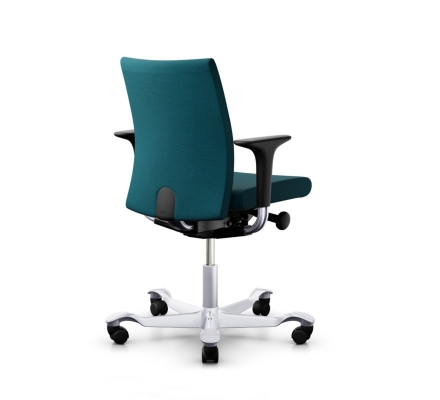
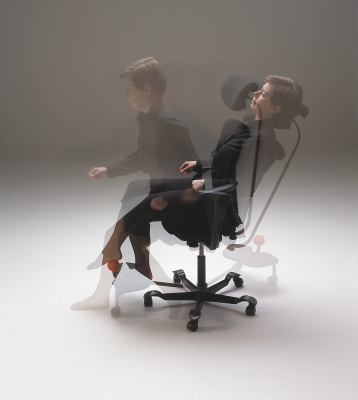
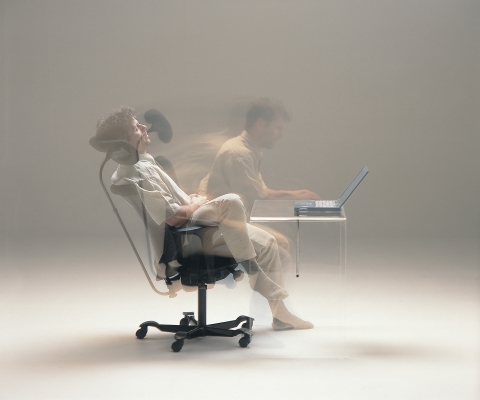
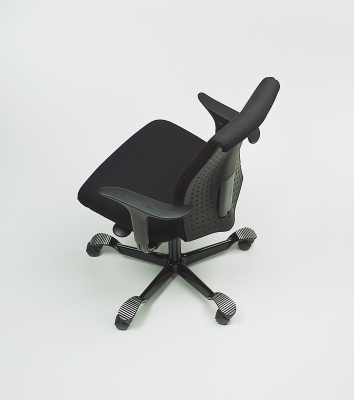
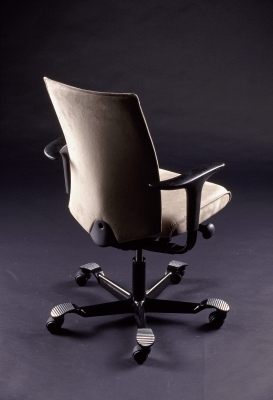
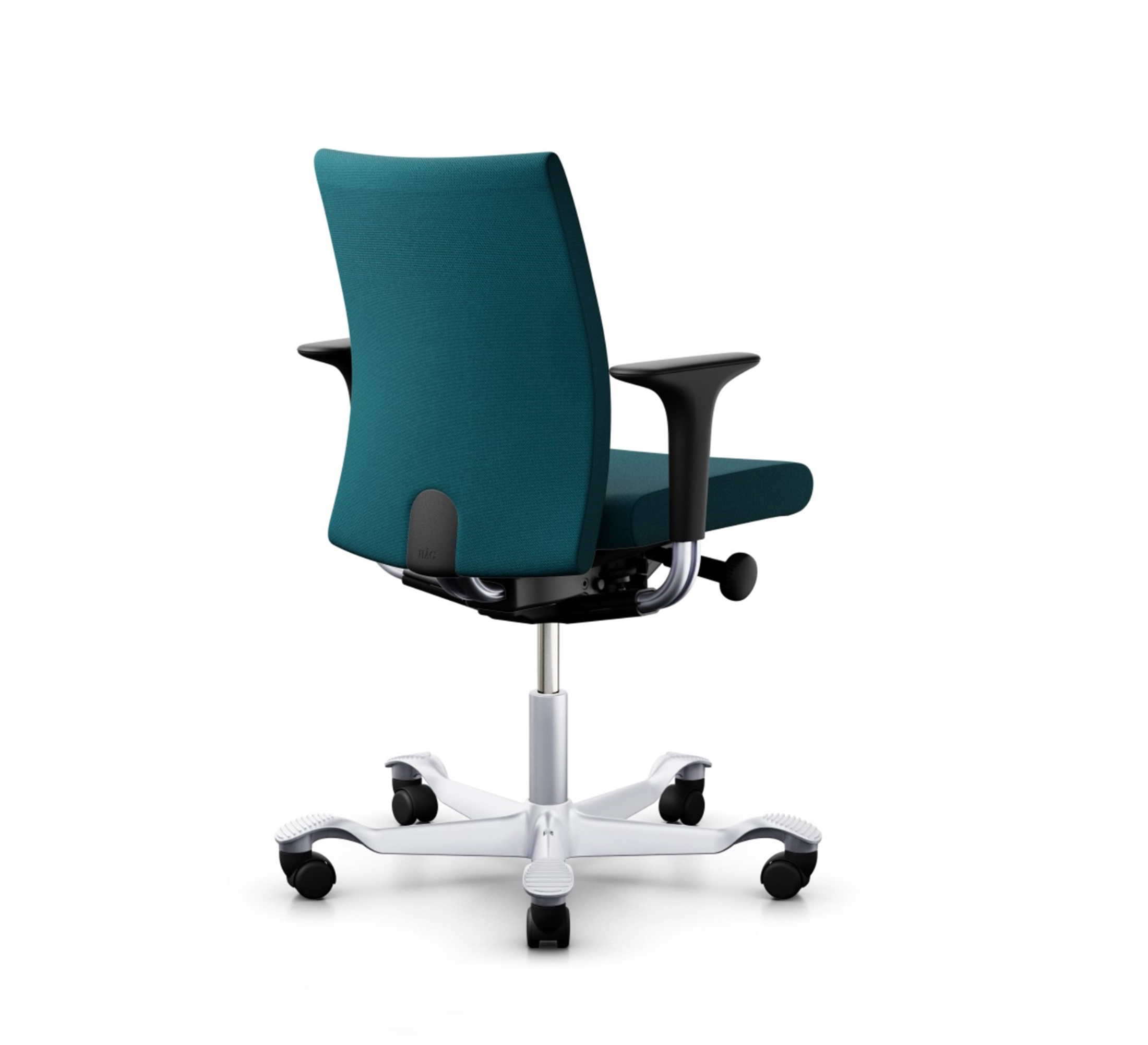
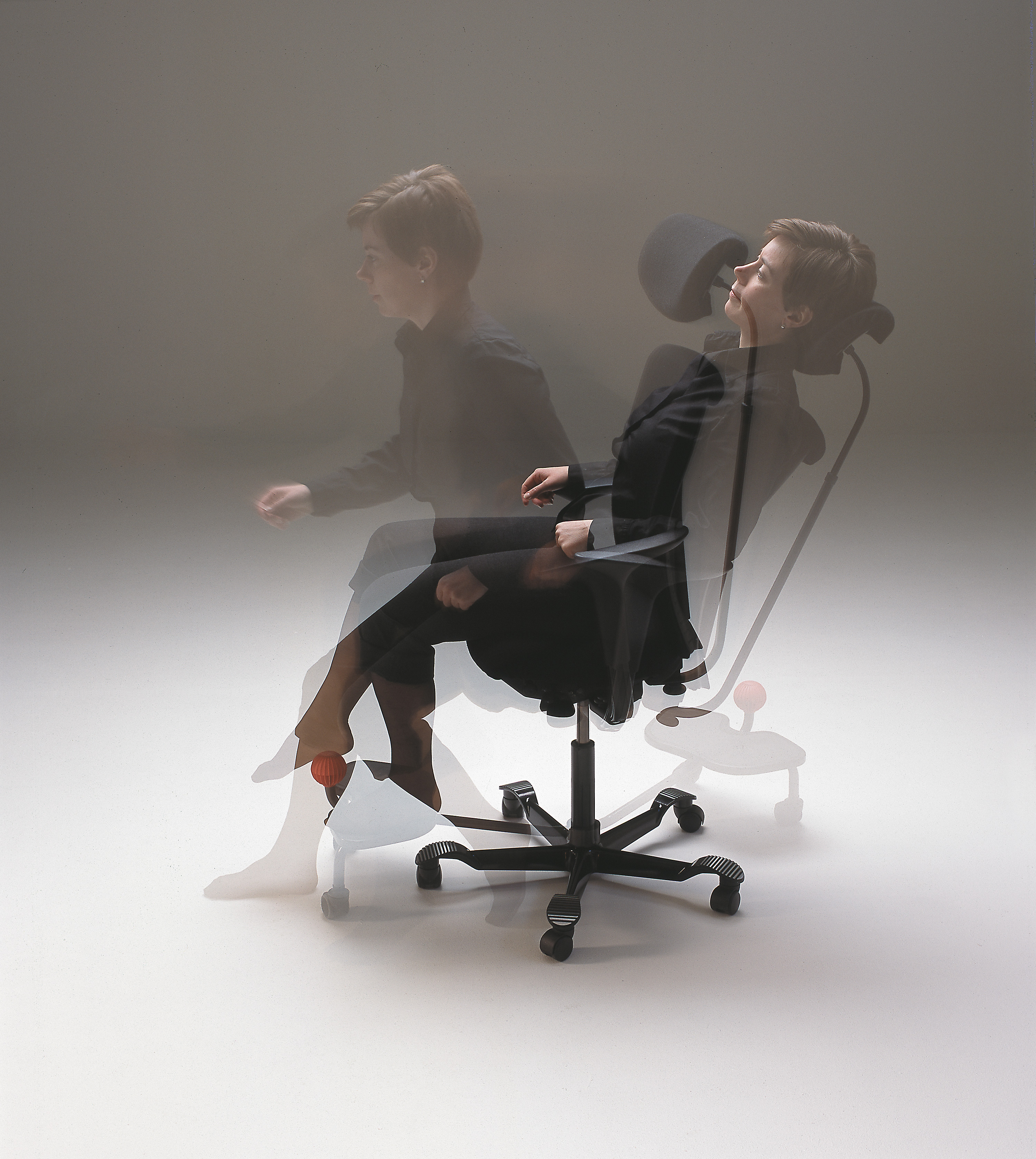
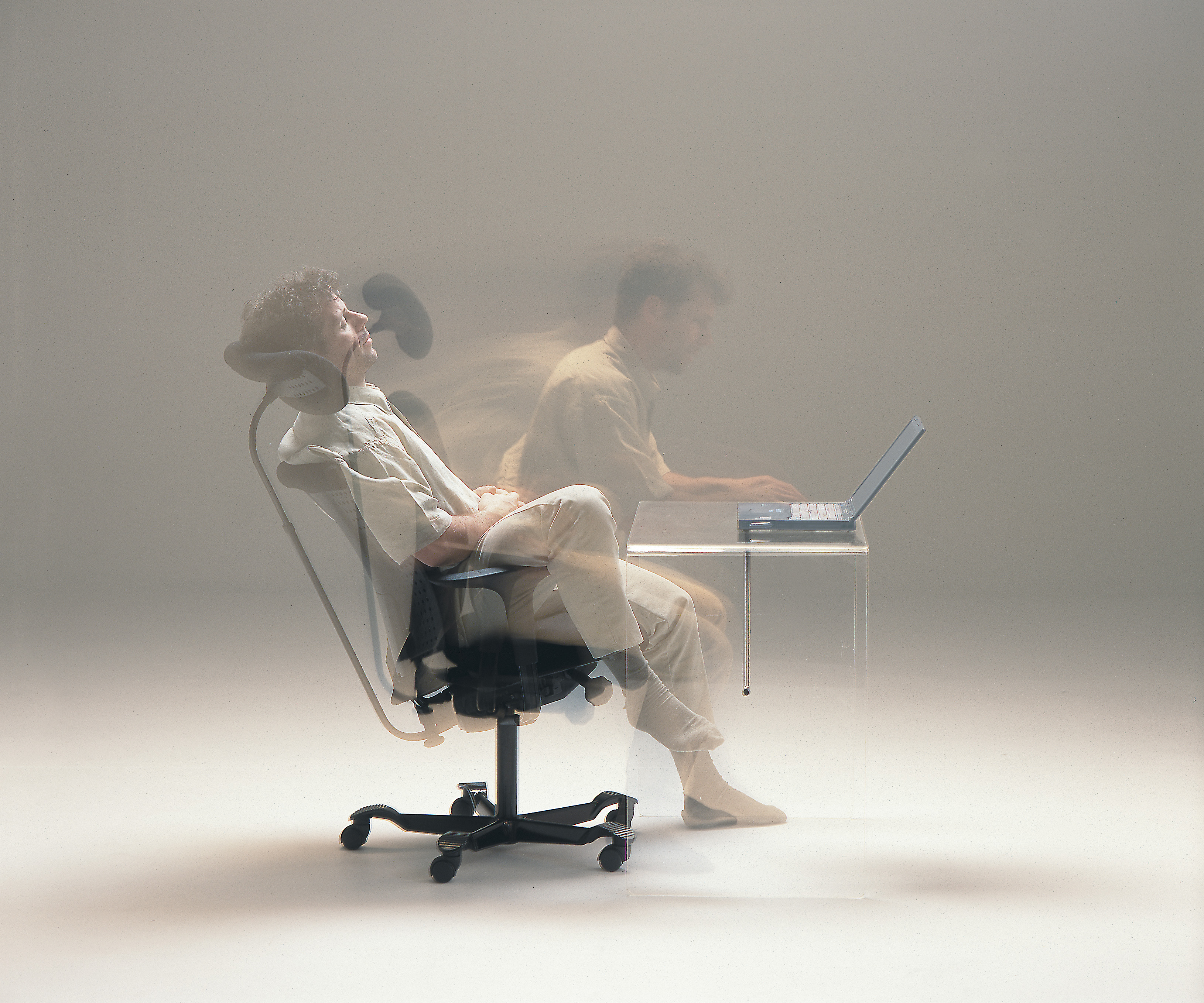
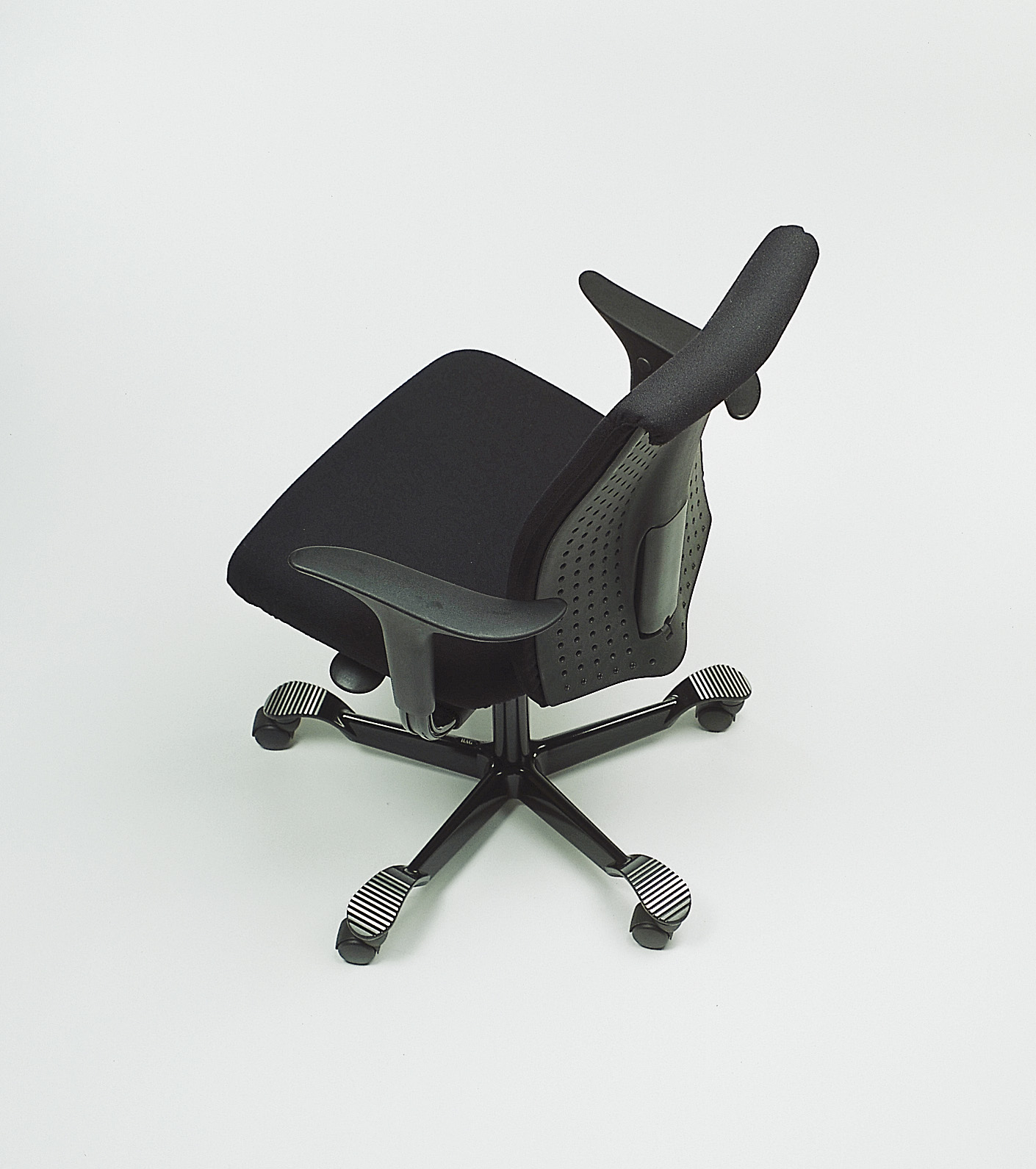
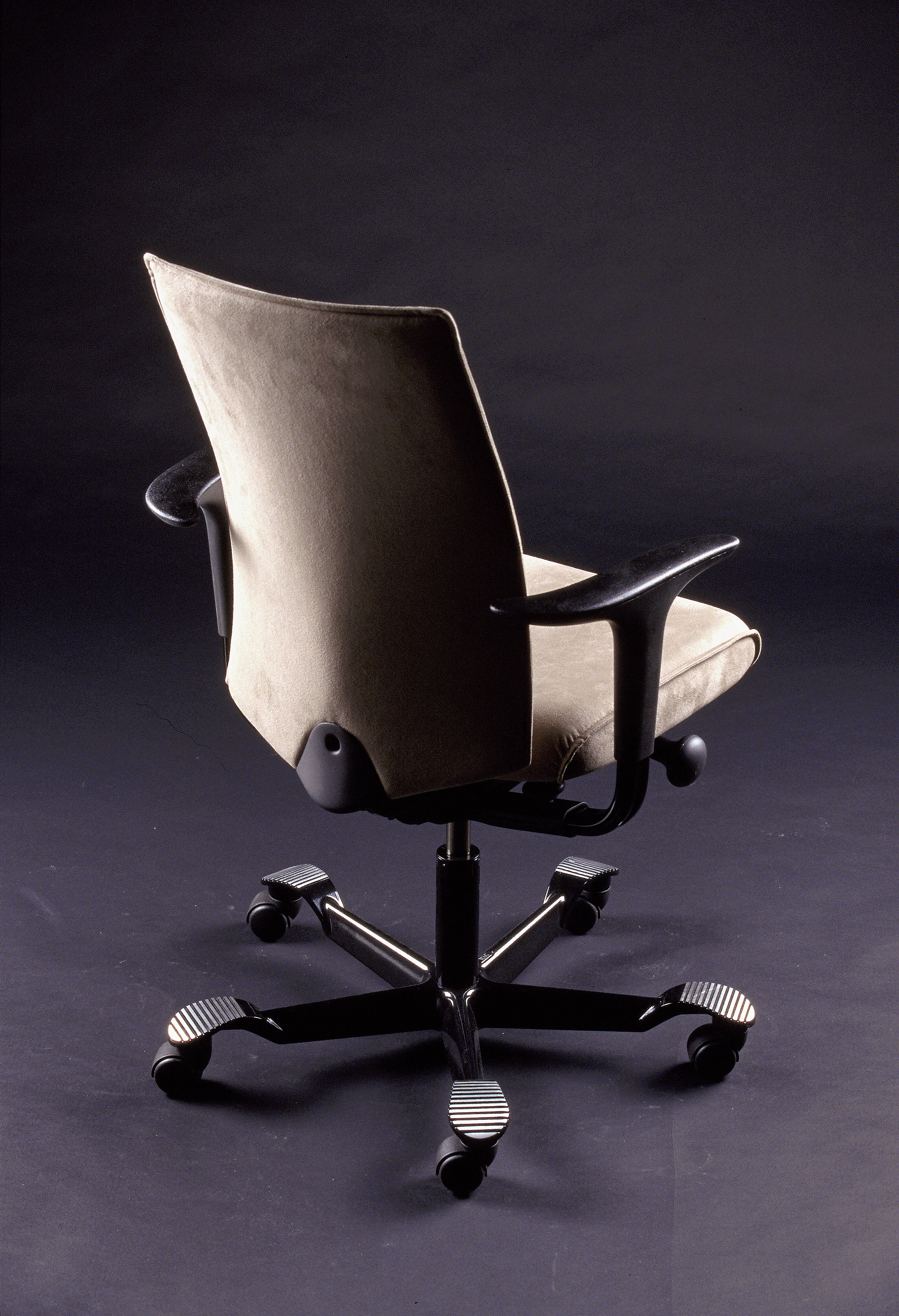
Design: 2000
Brand / Licensee: Flokk / HÅG
H05: 2000-2019
HÅG Creed: 2019-
The HÅG Creed builds on the best from two originals, the H04 (upholstry) and H05 (mecanism). It combines classic design with smart functionality. It is user-friendly and features center tilt mecanism in Balance®.
H05 was launched in 2000, constructed on the same tilt principle as the Credo/H04 whereby the user sits balanced above the tilting point and the placement of the feet controls the chair's movements and tilting angle.
The important new feature with the H05 was to make adjustments simple. One lever for height and a knob or wheel that simultaneously adjusts seat depth, back height and tilting resistance.
Combined functions make it easy to achieve an ideal average setting. However, users can also choose their own “custom setting” by using the wheel to set the seat depth first, adjust the backrest height and if dissatisfied with the tilting resistance either tighten or slacken forward and backward tilt by using small “switches” while seated.
• easy adjustment for the casual user
• lots of possibilities for individual adjustments for the discerning user
Armrests often get in the way when they come into contact with the desktop. This chair is available with armrests that can be swung backwards out of the way. They remain behind the chair and function ideally as elbow rests when the user leans back.
Explanation of tilt concept
The seat and the back of the chair are joined to form what can be called the body of the chair. This inspire the user to tilt freely from a forward-leaning position to a reclined position by tilting over a pivot point or axis under the seat right at the body's very centre of gravity.
When the chair is adjusted to the user, the chair body "floats" and follows the user's small and large movements. There will be a mutual relationship between the chair and the user. The user controls the chair and can achieve movement or sitting still for a while, depending on what one wants, safely and without further use of levers.
The front seat moves up and down as the user moves. This stimulates movement of the feet. The feet have the main responsibility for moving the human body, both when we walk, run or turn in a supine position. They are our "Ministry of Transport". This is the natural way to move the body. I think it is important and natural that the feet are given the responsibility to move the body - even when we are sitting. Giving our feet this opportunity is something special about my dynamic chairs.
Initiating movement is easiest when we are in balance. When we are in balance while sitting, we will change posture more often than when we are supported but are out of balance.
Photo:
Image no 1: Flokk / HÅG
Image no 2, 3,4, 5: Peter Opsvik AS